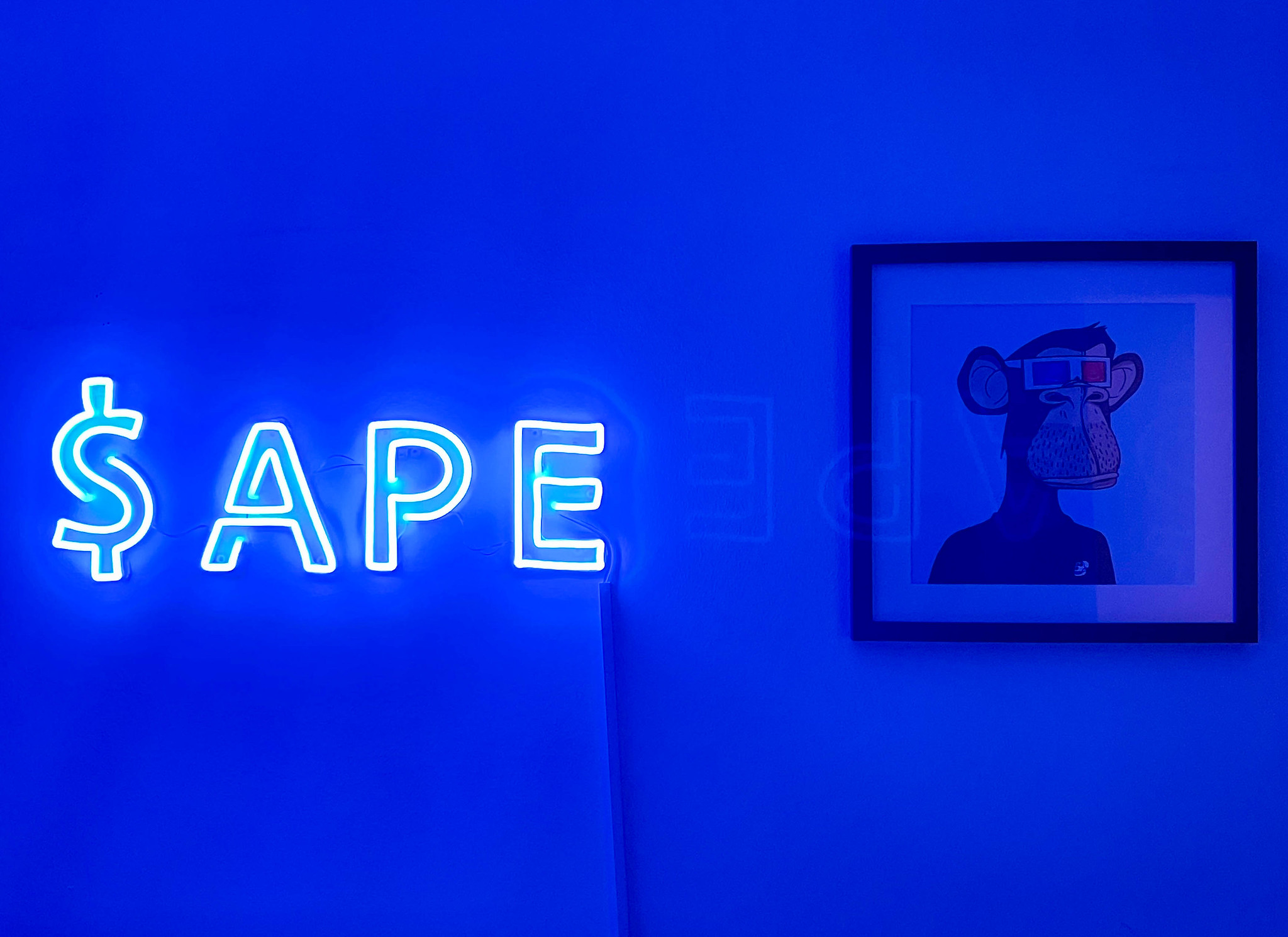Hyperallergic
Sensitive to Art & its Discontents
In June and July, Pennsylvania and Washington quietly became the first two states in the nation to explicitly list non-fungible tokens (NFTs) as digital assets subject to sales and use taxes. While Pennsylvania’s Department of Revenue inaugurated the change by adding NFTs to its “taxability matrix” without providing any accompanying guidance, Washington published an interim statement with definitions of key terms and a proposed schema for determining the “sourcing” of NFTs, or where, for tax purposes, related transactions physically take place.
The key complication in taxing NFTs is that the current ecosystem is notoriously murky when it comes to the identities of buyers and sellers, down to where they are located. Moreover, some states currently acknowledge that NFTs may be taxable (even if they have not formally listed them as of yet) while others do not.
The administration of sales taxes has been confounding for state regulators since the dawn of e-commerce, which confronted them with unprecedented questions surrounding how to treat Internet sales. A key Supreme Court case in 2018, South Dakota v. Wayfair, altered the landscape of state taxation for digital transactions by ruling that sellers did not have to have a physical presence in any given state where purchasers receive goods to impose taxes on sales, once they achieve a certain volume of transactions. Ostensibly, according to the logic of that case, NFT vendors should be held to the same standard and are obligated to collect sales taxes when doing business with customers in states that tax digital assets.
Federally, taxation rules surrounding NFTs are also incomplete. The Internal Revenue Service (IRS) has recognized cryptocurrency as property since 2014; any gains made from its use are liable to taxation. As part of the Infrastructure Investment and Jobs Act signed into law in November 2021, President Biden imposed new reporting requirements for cryptocurrency transactions that would require businesses to collect additional information. The IRS is due to issue further guidelines for the federal taxation of digital assets to specify how these new provisions are to be implemented.
Both Pennsylvania and Washington’s actions surrounding the taxation of NFTs are guidelines that interpret existing law rather than enactments of entirely new legislation. That means that they could be retrospectively applied, with a spokesperson for Pennsylvania’s Department of Revenue stating that it had the power to collect taxes on NFTs going back to 2016.
Washington’s more comprehensive statement suggests that NFT sellers will be expected to document the time and place of each transaction, and possibly the addresses of buyers. It defines NFTs, lays out which kinds of NFTs are taxable, outlines how a vendor would tabulate their tax obligation, and gestures at how vendors might source the sale. The last item is the most ambiguous; currently, few vendors or marketplace platforms track who buyers are and where they’re located because these transactions use cryptocurrency. Some experts think that new rules like Washington’s will transform industry practices by scaling back the anonymity that currently reigns supreme in NFT sales.
Washington’s statement does not constitute a permanent guidance, and the Department of Revenue continues to seek feedback as it develops one.
The COVID-19 pandemic has not only limited the scale of exhibition opening receptions, but has also radically changed their nature and purpose.
Motion lionizes the personal automobile as an objet d’art of unparalleled cultural influence while minimizing its negative effects. Oh, and it’s sponsored by Volkswagen and Cadillac.
Discover what makes the Pacific Northwest the heart of the US studio glass art movement through over 70 local artists and art organizations at this October festival.
The jailed artist was praised for his activism against censorship and authoritarianism in Cuba.
With its recent 4k restoration, Daisies endures as a New Wave masterpiece and hyper-feminine smorgasbord of sensory pleasure.
Curated by Irish author Colm Tóibín, this NYC exhibition explores Joyce as he created his groundbreaking novel through rare publications, portraits, correspondence, and more.
Also, how to back out of a contract with minimal damage? Paddy Johnson answers your questions.
And no, Cambodia doesn’t need the Metropolitan Museum’s help in preserving its cultural heritage.
Curated by Maya Wilson-Sanchez, works by Eric Gallardo, Cannupa Hanska Luger, Tania Willard, and more explore how public spaces reflect our past, present, and future.
Panama is attempting to recover its cultural heritage after more than a century of illegal trafficking.
The general sentiment seems to be one of out-of-the-Boris-Johnson-frying-pan and straight into the fire, with people highlighting the retrograde values of Toryism.
At the newly opened Stanley Museum, formerly the University of Iowa Museum of Art, White artists like Jackson Pollock and Grant Wood are no longer the focus its collection.
Jasmine Liu is a staff writer for Hyperallergic. Originally from the San Francisco Bay Area, she studied anthropology and mathematics at Stanford University. Find her on More by Jasmine Liu
Your email address will not be published.
{{#message}}{{{message}}}{{/message}}{{^message}}Your submission failed. The server responded with {{status_text}} (code {{status_code}}). Please contact the developer of this form processor to improve this message. Learn More{{/message}}
{{#message}}{{{message}}}{{/message}}{{^message}}It appears your submission was successful. Even though the server responded OK, it is possible the submission was not processed. Please contact the developer of this form processor to improve this message. Learn More{{/message}}
Submitting…
Hyperallergic is a forum for serious, playful, and radical thinking about art in the world today. Founded in 2009, Hyperallergic is headquartered in Brooklyn, New York.

